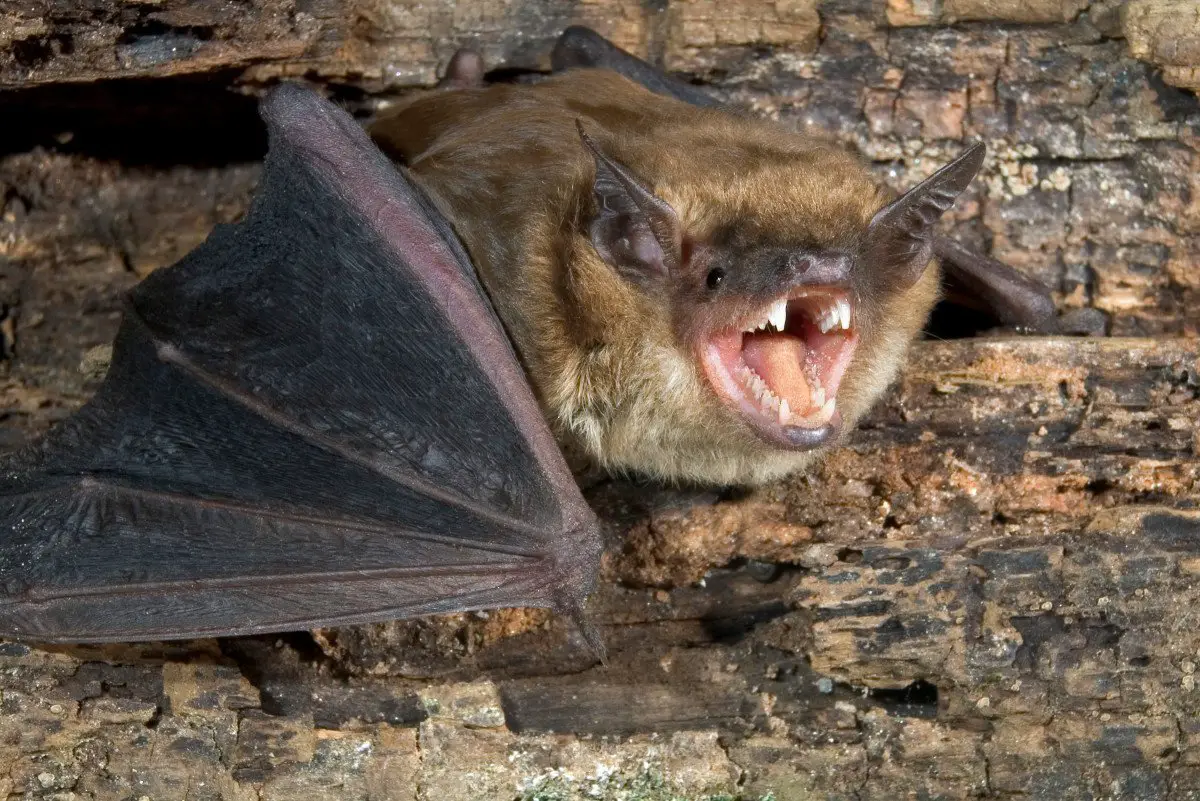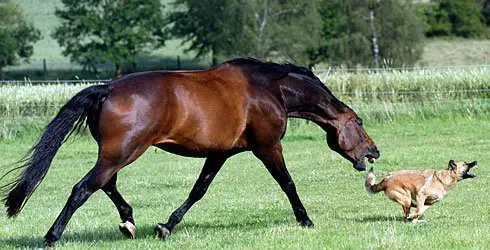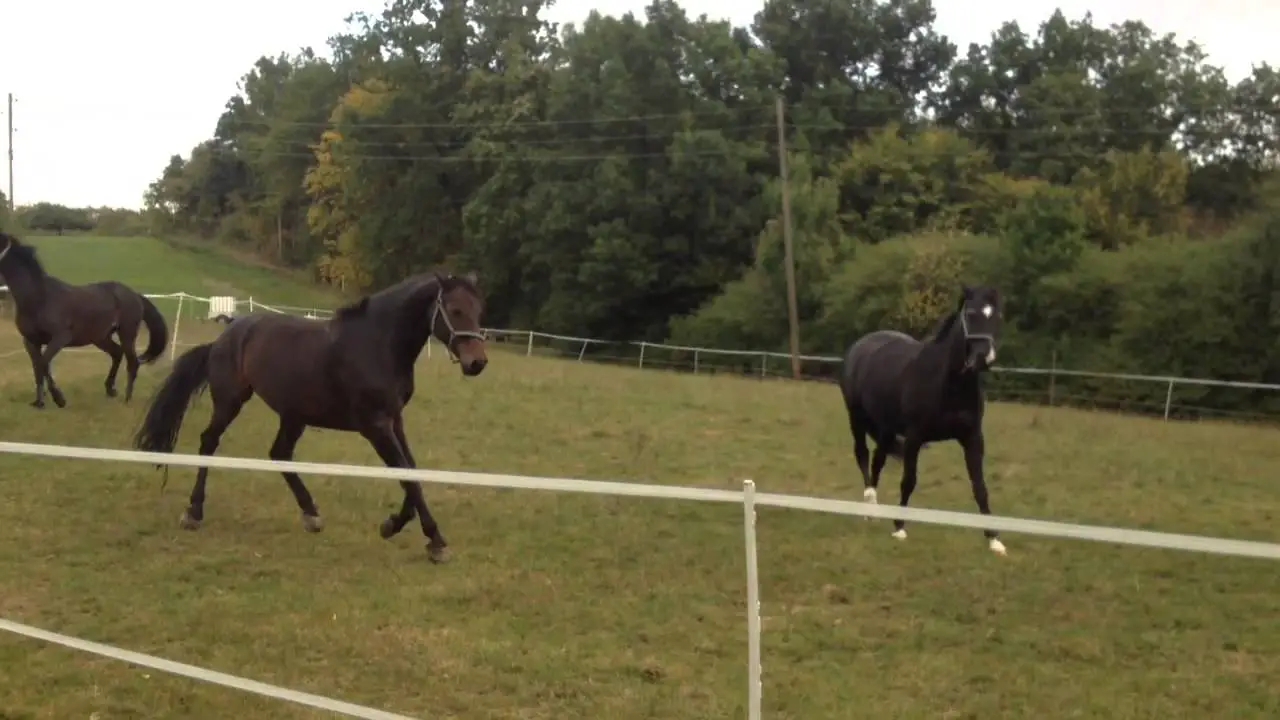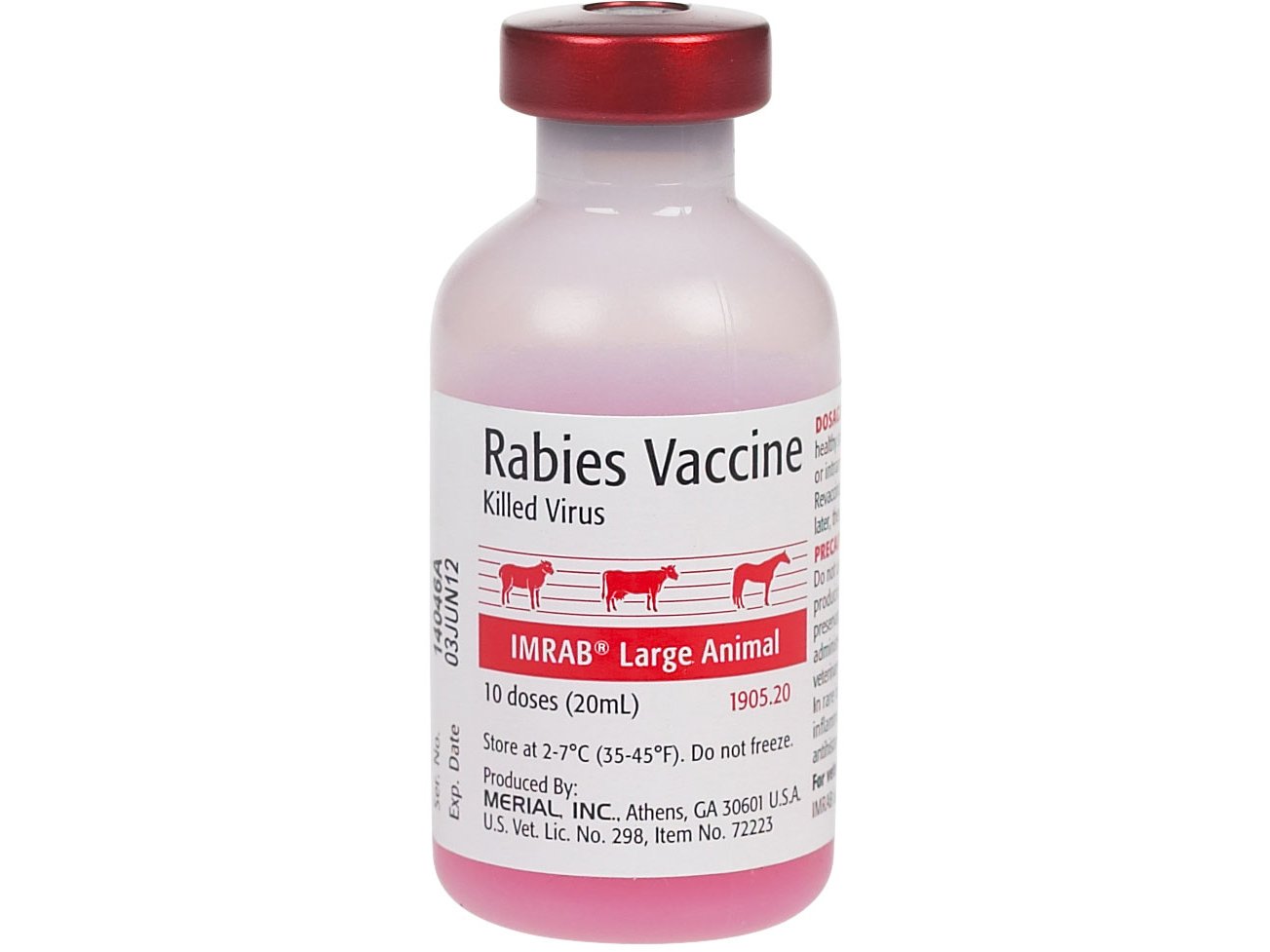The incidence of Equine Rabies, compared with that in other animals, is low, but the disease is of importance because rabid horses may serve as a source of infection for human. Infected horses may become aggressive and attack humans and other animals. As a horse owner, academician, and lover, you must have a preliminary idea on rabies in the horse.
Causal Agents of Equine Rabies
Rabies is caused by a neurotrophic Rhabdovirus which belongs to the genus Lyssavirus. Several strains of rabies virus have been identified using monoclonal antibodies, and non-pathogenic variants can be selected by growing virus in the presence of neutralizing monoclonal antibodies. The virus is quite fragile and is readily destroyed by heat, desiccation, UV light, and most disinfectants. It can, however, survive in refrigerated carcass for several days.

Epidemiology Rabies in Horses
Rabies occurs throughout most of the world, including South America, the United States, and Continental Europe. It is absent from Australia, Japan, Scandinavia, The UK, Ireland, and some other countries.
All warm-blooded animals with the possible exception of opossums are susceptible to rabies. Enzootic dog rabies is a significant problem in developing countries. The incidence of disease in people far higher in these countries than in developed countries where wild animals are the main reservoir of the virus.
Horses are moderately susceptible to rabies and usually become infected by the bite of a rabid animal. Infection by inhalation, such as may occur in a cave inhabited by rabid bats, or by the oral or trans-placental route is unlikely to play a significant role in the epidemiology of the disease in horses. Rabid dogs and cats are a threat to horses and other domestic animals, but wild animals are the most likely source of the virus in many countries. Foxes are the most natural reservoir of the virus in Europe. Raccoons and skunks are a significant source of infection in part of the United States, and vampire bats infect horses in South America.
Pathogenesis of Equine Rabies
The rabies virus enters the body by salivary contamination of a bite wound. The virus replicates in the muscle at the site of the bite before invading the axions of the peripheral nerves and spreading centripetally to the brain stem and spinal cords. One the virus enters the spinal cords it’s spread rapidly throughout the CNS. It is thought that the cerebrospinal fluid may be involved in the spread of the virus at this stage. The virus replicated in the CNS and spreads centrifugally along peripheral nerves to other parts of the body. High Concentrations of the virus are shade in the saliva.
As the virus is present in the nervous system for much of the course of the disease, the immunological response to infection is often minimum.
Clinical Signs of Rabies in Horse
The incubation period usually varies from 2-9 weeks but can extend to 15 months. The clinical signs are incredibly variable, and rabies should be considered in the differential diagnosis when a horse is presented with rapidly progressive neurological disease, especially in countries where rabies is endemic.
Terminally, the signs are those of defusing CNS disease, but documented cases indicate that the early signs differ significantly between individual. They include lameness, pyrexia, anorexia, muscle tremors, colic, ataxia, profuse salivation, teeth grinding, and frequent whinnying.
Two clinical forms of rabies are recognized in the horse as in other species; the dumb or paralytic type due primarily to damage to the spinal cord and the furious form due mainly to damage to the brain. These categorizations only to the only primary manifestation of the disease and many cases exhibit clinical features of both types.

Horses which develops the dump often have ascending paralysis, ataxia as fecal and urinary incontinence. They have difficulty standing, become recumbent, make paddling movement with their forelegs, and die.
Horses which develops the furious form of the disease behave erratically and may attack and bite humans, other animals, and inanimate objects. The may bite themselves at a particular site of the body. Such cases usually deteriorate rapidly, and paralysis and death ensue.
Equine rabies usually has a limited course. It rarely lasts more than than a week, and sometimes death may occur as early as 12 hours after onset. Equine rabies is virtually always is fatal in unvaccinated horses although there is on the report of a donkey which recovered from an experimental infection after an illness lasting 11 days.
Diagnosis of Equine Rabies
Ante-mortem laboratory examinations are of limited diagnostic value. The measurement of antibody titers against rabies in serum or cerebrospinal fluid, or testing of skin biopsies or corneal smears by immunofluorescence may give a positive diagnostic result, but a negative effect does not preclude rabies as a possible diagnosis.
Post-mortem diagnosis of rabies can be made from examination of the brain using fluorescein-conjugated rabies anti-serum raised against the rabies virus. This test is reported to identify at least 98% of positive cases, but the testing of the section of the spinal cord is sometimes indicated, especially in horses that have the dumb form of the disease.

Histological examination for the presence of Nagri bodies, the characteristic large eosinophilic cytoplasmic inclusions which occur in ganglion cells and neurons, is reported to identifying 85% of positive cases.
Prevention and Control of Equine Rabies
The countries which are free of rabies maintain this status by the rigorous enforcement of quarantine regulations. For example, dogs and cats imported into the United Kingdom and Ireland are isolated in a quarantine station for six months. The elimination of stay dogs and cats, together with the immunization of pets plays a significant role in the control of the disease in developing countries. In South America, vaccination of cattle and killing of vampire bats by the intra-ruminal administration of anticoagulants of cattle is widely practiced.

Several killed rabies vaccine approved for using horses for the United States and annual vaccination is recommended. If a vaccinated horse is bitten by an animal which may be rabid, it should be revaccinated immediately and kept under observation for 90 days. If an unvaccinated horse is bitten, it should not be vaccinated immediately but isolated for six months and vaccinated one month before the end of quarantine. If at any stage exposure to rabies is confirmed the horse should be euthanized immediately.
Can You Get Rabies From a Horse?
A rabid horse may serve as a source of infection for human. Infected horses may become aggressive and attack humans and other animals. People carrying for a suspect case should be immunized against the virus. Immunization should also be considered for anyone who has had contact with the horse in the recent past. If a person is beaten by a rabid horse, the wound should be thoroughly scrubbed with soap and water, and both rabies immune globulin(RIG) and human diploid cell vaccine(HDCV) should be administered as soon as possible.